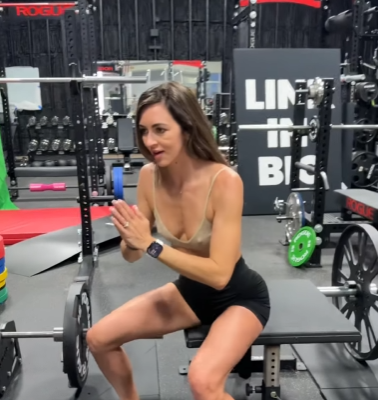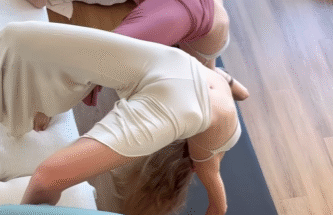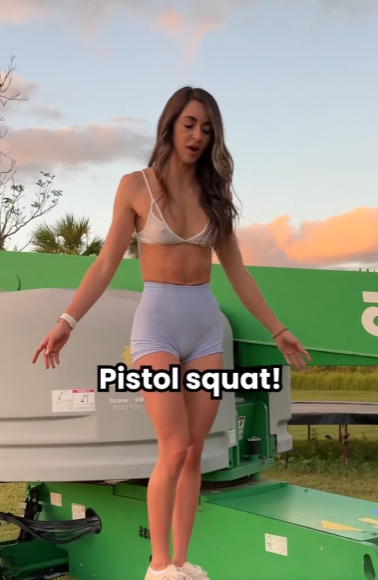
Introduction
The pistol squat is one of the most challenging bodyweight exercises, requiring strength, balance, mobility, and control. Unlike traditional squats, which engage both legs evenly, the pistol squat forces you to support your entire body weight on just one leg while keeping the other extended forward.
But can you pistol squat on each of your legs equally? For many, the answer is no—one side is often stronger, more flexible, or better balanced than the other. This article explores the factors that influence pistol squat performance, how to assess your ability, and ways to improve strength and mobility to master this demanding movement on both legs.
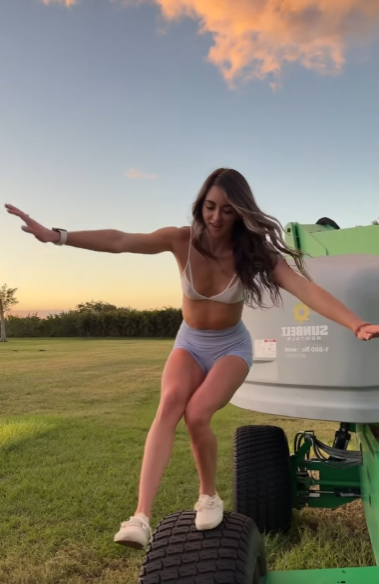
What Makes Pistol Squats So Difficult?
Several key factors contribute to the challenge of performing a pistol squat:
1. Leg Strength
Since only one leg supports your entire body weight, significant quadriceps, hamstring, and glute strength is required to control the descent and push back up.
2. Ankle Mobility
A deep squat requires good ankle dorsiflexion. Limited mobility can cause you to fall backward or struggle to keep your foot flat on the ground.
3. Core Stability
Your core plays a crucial role in stabilizing your body and preventing excessive forward or backward lean.
4. Balance and Coordination
Unlike bilateral squats, pistol squats require exceptional balance. Any weakness in your stabilizing muscles can lead to wobbling or tipping over.
5. Hip Flexibility and Strength
The non-working leg must stay extended in front of you throughout the movement. Tight hip flexors or hamstrings can make this difficult.
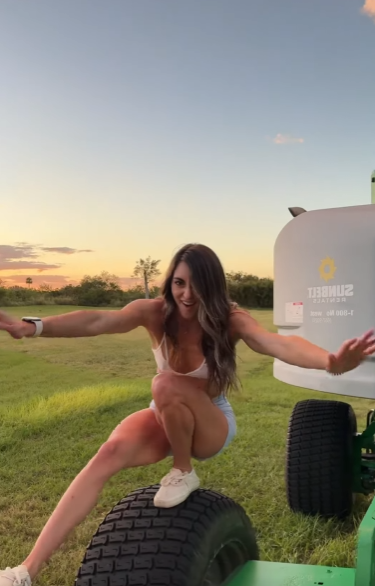
Are Both of Your Legs Equally Capable?
Most people find that one leg performs better than the other in pistol squats. This is due to several reasons:
- Dominant vs. Non-Dominant Leg: Most people have a naturally stronger leg based on daily activities and athletic history.
- Injuries and Imbalances: Previous injuries can lead to muscle weakness, instability, or mobility restrictions on one side.
- Mobility Differences: One ankle or hip may have better flexibility, affecting squat depth and control.
- Neuromuscular Control: The brain-to-muscle connection may be better developed on one side, allowing for smoother execution.
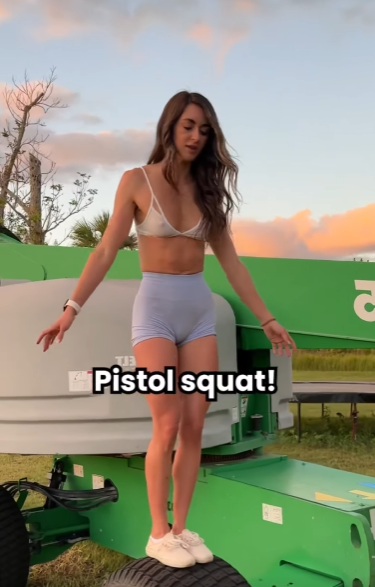
How to Test Your Pistol Squat Ability
If you’re unsure whether you can perform a pistol squat equally on both legs, try this simple test:
- Stand on one leg with the other extended forward.
- Lower yourself slowly into a full squat while keeping your heel on the ground.
- Push back up without losing balance.
- Repeat on the other leg.
Compare the differences:
- Which leg feels stronger?
- Do you wobble more on one side?
- Can you reach full depth on both legs?
- Is one foot lifting off the ground due to ankle mobility restrictions?
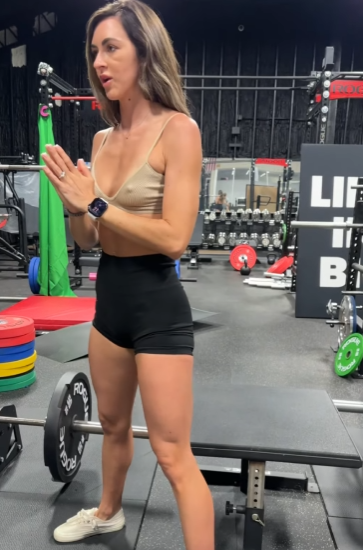
How to Improve Pistol Squats on Both Legs
If you struggle with one leg more than the other, you can work on balancing your strength, mobility, and control. Here’s how:
1. Strength Training
- Step-Ups: Build unilateral leg strength by stepping onto a high box with control.
- Bulgarian Split Squats: Strengthen each leg individually to correct imbalances.
- Single-Leg Press: Focus on equal effort from both legs.
- Negative Pistol Squats: Lower slowly to build strength and control.
2. Ankle and Hip Mobility Work
- Calf Stretch: Improve dorsiflexion to keep your heel on the ground.
- Deep Squat Holds: Spend time in a deep squat position to improve flexibility.
- Hip Flexor Stretch: Loosen tight hip muscles to improve range of motion.
3. Balance and Stability Training
- Single-Leg Stands: Stand on one leg for 30 seconds to improve stability.
- Bosu Ball Squats: Practice squatting on an unstable surface.
- Controlled Descents: Lower yourself slowly into a squat to enhance balance.
4. Core Engagement
- Planks: Strengthen core muscles for better control.
- Hollow Body Holds: Improve core stability for pistol squat execution.
- Russian Twists: Enhance oblique strength to prevent leaning to one side.
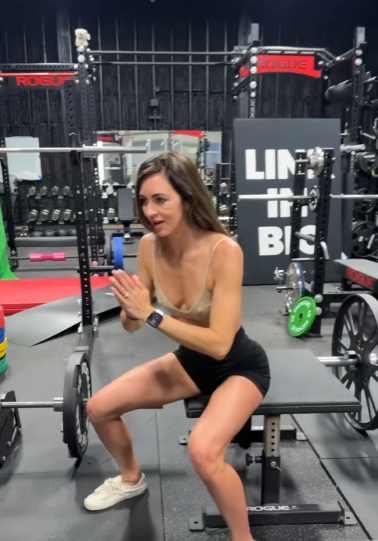
Conclusion
Mastering the pistol squat on both legs requires patience, practice, and a well-rounded approach. If you notice imbalances, focus on strengthening your weaker leg, improving mobility, and refining coordination. By incorporating targeted exercises and consistency, you can work towards equal proficiency on both legs and achieve a smooth, controlled pistol squat every time.
